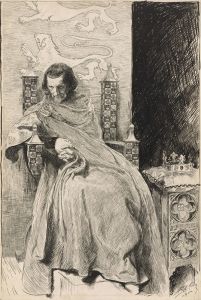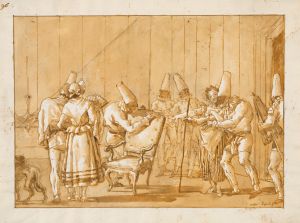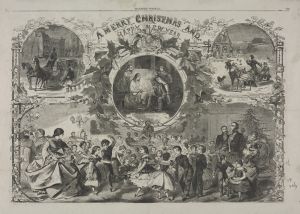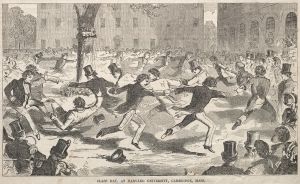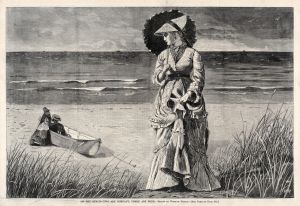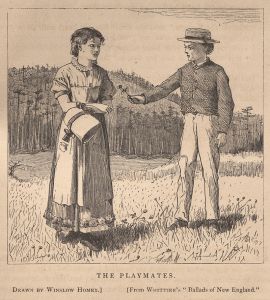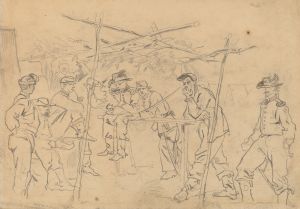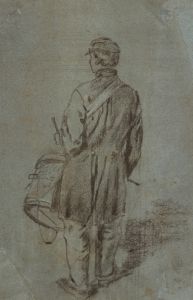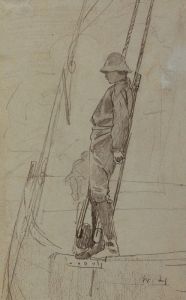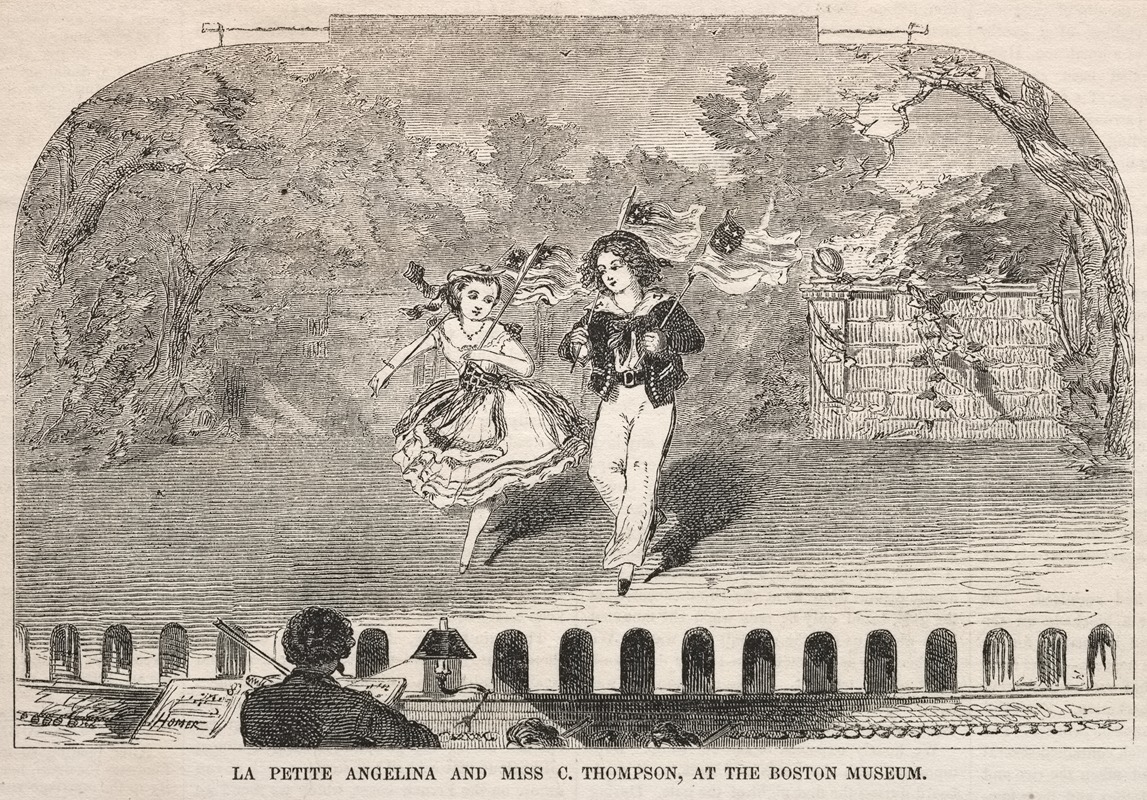
La Petite Angelina and Miss C. Thompson, at the Boston Museum
A hand-painted replica of Winslow Homer’s masterpiece La Petite Angelina and Miss C. Thompson, at the Boston Museum, meticulously crafted by professional artists to capture the true essence of the original. Each piece is created with museum-quality canvas and rare mineral pigments, carefully painted by experienced artists with delicate brushstrokes and rich, layered colors to perfectly recreate the texture of the original artwork. Unlike machine-printed reproductions, this hand-painted version brings the painting to life, infused with the artist’s emotions and skill in every stroke. Whether for personal collection or home decoration, it instantly elevates the artistic atmosphere of any space.
Winslow Homer, an American painter and illustrator, is renowned for his contributions to American art in the 19th century. One of his lesser-known works is "La Petite Angelina and Miss C. Thompson, at the Boston Museum." This painting, like many of Homer's works, reflects his keen observation of contemporary life and society.
Winslow Homer was born on February 24, 1836, in Boston, Massachusetts. He began his career as a commercial illustrator before transitioning to painting. His work is characterized by its realistic depictions of American life and landscapes, often capturing the essence of the post-Civil War era. Homer's style evolved over time, moving from the detailed and precise illustrations of his early career to the more fluid and expressive brushwork of his later paintings.
"La Petite Angelina and Miss C. Thompson, at the Boston Museum" is a work that exemplifies Homer's interest in capturing moments of everyday life. The painting depicts two figures, presumably La Petite Angelina and Miss C. Thompson, in the setting of the Boston Museum. While specific details about the individuals portrayed and the exact context of the scene are scarce, the painting is indicative of Homer's ability to convey narrative through his art.
The Boston Museum, where the scene is set, was a prominent cultural institution in the 19th century. It served as a venue for various exhibitions, performances, and educational events, contributing to the cultural landscape of Boston. Homer's choice to depict a scene in this setting reflects his engagement with the cultural and social environments of his time.
Homer's work often explored themes of leisure, culture, and the human experience, and this painting is no exception. Through his depiction of the figures and their interaction with the museum environment, Homer invites viewers to consider the role of art and culture in everyday life. His attention to detail and ability to capture the subtleties of human expression and interaction are evident in this work.
While "La Petite Angelina and Miss C. Thompson, at the Boston Museum" may not be as widely recognized as some of Homer's other paintings, it nonetheless contributes to the understanding of his artistic legacy. Homer's work as a whole is celebrated for its technical skill, emotional depth, and ability to capture the spirit of American life during a transformative period in history.
In summary, Winslow Homer's "La Petite Angelina and Miss C. Thompson, at the Boston Museum" is a testament to his skill as an observer and chronicler of his time. Through this painting, Homer offers a glimpse into the cultural milieu of 19th-century America, highlighting the significance of art and cultural institutions in shaping societal values and experiences.





